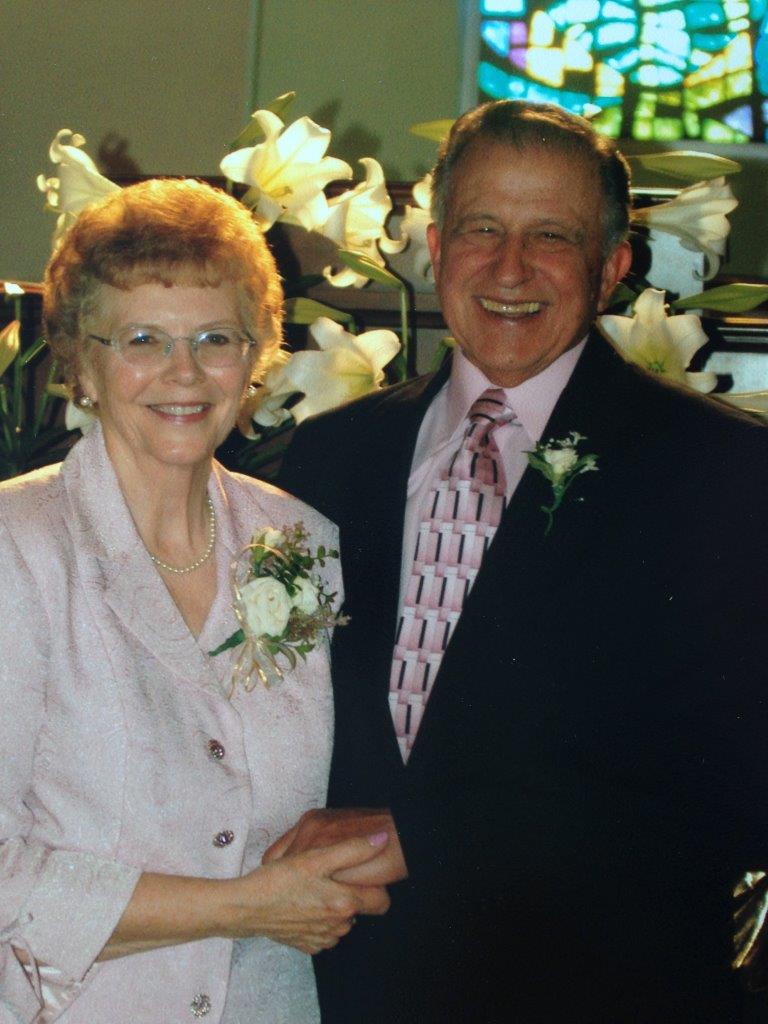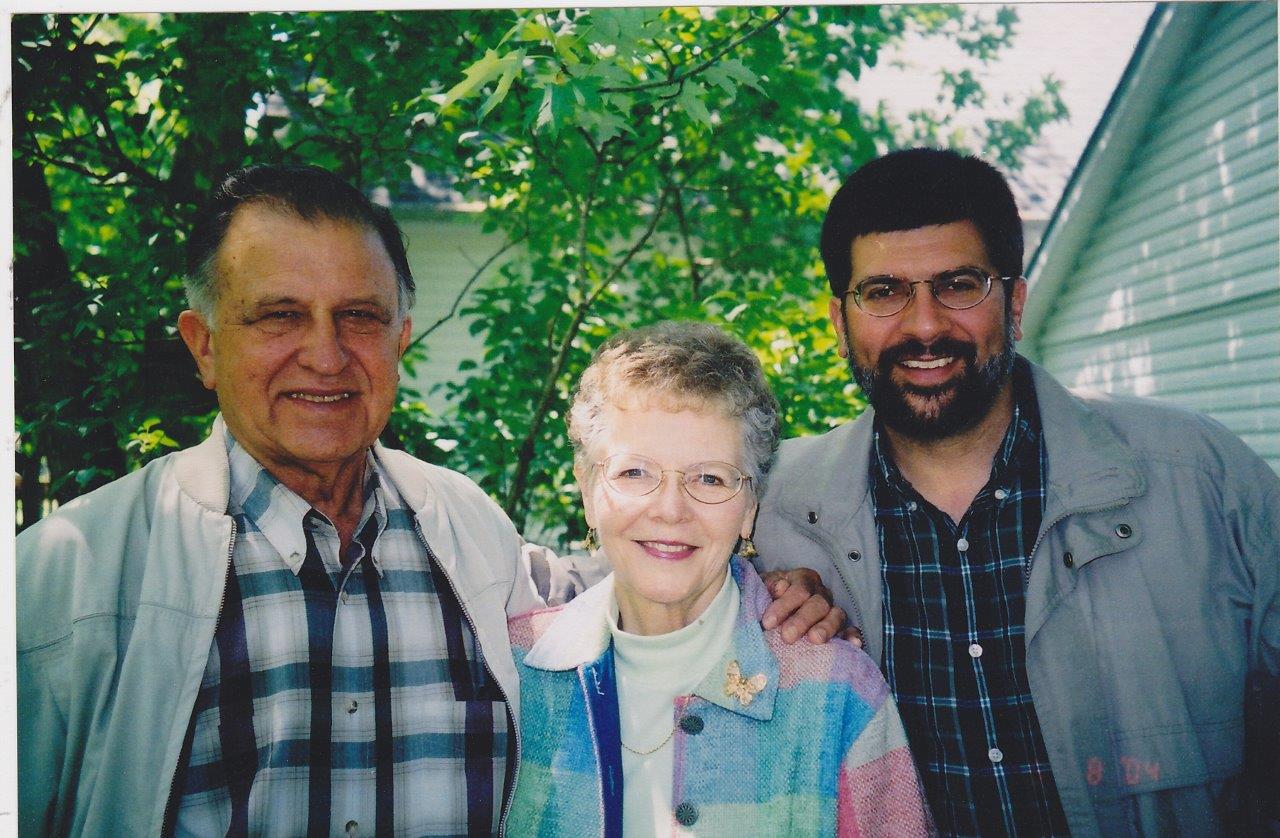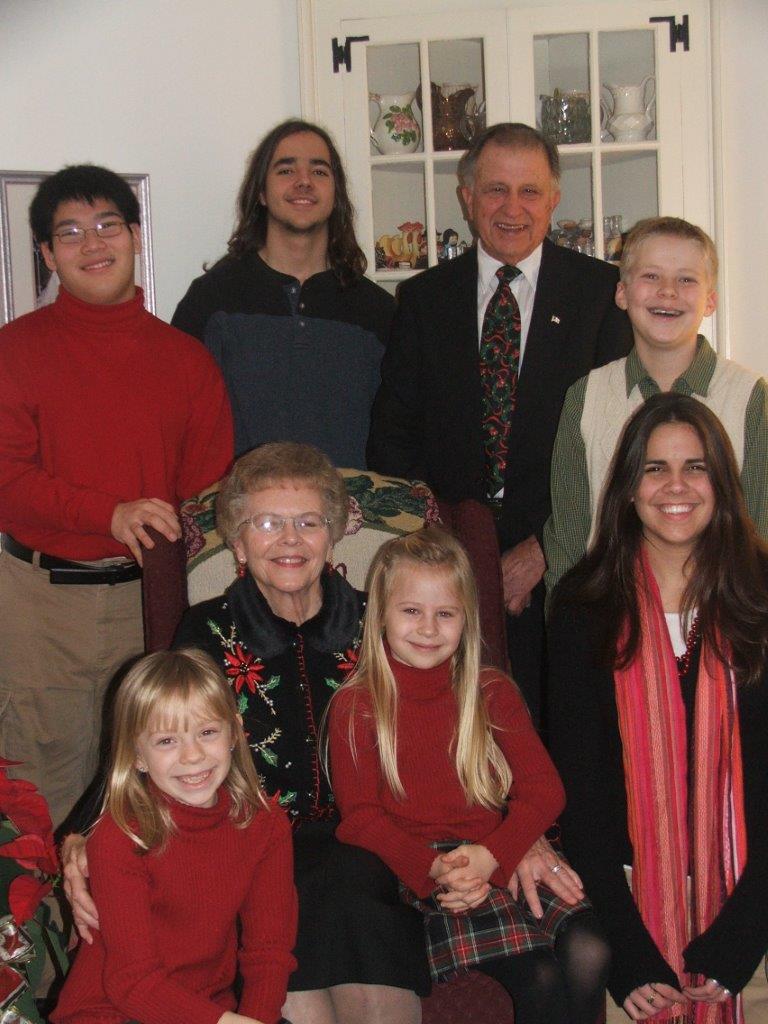
This has been days in the writing. When I saw the quote below just scrolling through Instagram, it stopped me in my tracks. Withholding (as defined here) goes way past “not knowing what to say” or “placing boundaries” or any measure of shyness or introversion. Withholding is actually an act of aggression…a display of power. One in which any of us can find ourselves if we don’t practicing checking our hearts or intentions regarding certain people or situations.

My Mom was the most significant influence in my life growing up. Now, I didn’t have the vocabulary for a lot of what she taught me, in word and deed, until recent years. Much of what she modeled came through her love of Scripture. She wasn’t a practicing Christian in my early childhood, but still she had made some decisions as a young person (while churched or otherwise influenced) that she practiced throughout her life. She became more mature and even more compassionate in these rules of life as she patterned her life more and more like Jesus.
I said all this to say that she was the opposite of a withholding sort of person. Even as an introvert.
Maybe growing up in a home with an alcoholic father and a timid mother influenced her willingness to show up for people – her brothers, her friends, her children, and strangers she met day-to-day. She did not withhold herself from others – all sorts of others – and it made for a beautiful life. This from a woman who worked full-time, raised four kids, and dealt with a cancer that would take her life too soon. Well, it didn’t take her life. Her life was finished at 75 to the glory of God. Even in her last hours and experiencing pain and increasing weakness, she was encouraging all of us around her. She even woke up from a coma that had silenced her to say “I love you” in response to one of her little grandchildren’s goodbyes to her.
This woman. Now you can understand why this issue of withholding feels so wrong to me. I understand people needing boundaries in toxic relationships, however, the practice of withholding can take boundaries up several notches. This probably isn’t a winsome topic because we don’t think what we’re doing is mean-spirited…it’s just because we are busy, or shy, or can’t do one more thing, or (fill in the reason).
Withholding can have different faces depending on what our intent or inclination is. It can be withholding of:
- Time, attention, helps, favor.
- Information, encouragement, welcome.
- Food, possessions, recreation, experiences.
- People (children, friends, family members).
- Finances, job opportunities, training/equipping, inclusion.
We have all experienced withholding – either as the one holding out on others or the one experiencing that neglect (whether intended personally or just in the wake of not being chosen for any of the above).
What do we do with this issue? If you’re reading this, you are already on the path to solutions. Those who don’t read this sort of piece don’t see this as a problem. Certainly, none of us are necessarily entitled to whatever is sensed as being withheld. However, if we don’t want to be on the giving end of withholding, we can note it and practice the opposite – a humility, intentionality, watchfulness, and graciousness can move us toward an openness and willingness to be there, even when others are not.
Parenting is a long season where withholding can become a habit – when we as parents get exasperated with our children’s choices and when we are shaken in our sense of who we are and how we’re doing. An example is well-communicated below by Youth Dynamics of Montana. If we have struggled with parenting or have been harmed by our own parents’ withholding, our temptation is to extend that same experience back, over time, either with our kids or our parents.
Do we really want that to become our practice?

For me, it’s a daily battle to be like my Mom, but one I want to come out winning, or at least fighting. To be that person who works to catch the eye of people, to engage and encourage, to be courteous and deferent, to include, to give where there is opportunity, to serve when I know I can, to share information that would help, to let people in and to show up for others. All of this models good for our children and is a blessing to those around us. Choosing not to withhold myself, my people, and my resources by tightly circling the wagons.
There’s a great call to action by the Prophet Isaiah on what can happen (if I could interject) when we don’t withhold. When we show up, God shows up in exponentially greater ways. Is that your experience?
Strengthen the weak hands, and make firm the feeble knees.
Say to those who have an anxious heart, “Be strong; fear not! Behold, your God
will come with vengeance, with the recompense of God. He will come and save you.”
Then the eyes of the blind shall be opened, and the ears of the deaf unstopped;
then shall the lame man leap like a deer, and the tongue of the mute sing for joy.
For waters break forth in the wilderness, and streams in the desert… – Isaiah 35:3-6
https://themendproject.com/emotional-abuse-withholding/
5 Withholding Tactics Malignant Narcissists and Psychopaths Use To Torment You – Shahida Arabi, MA
What Emotional Withholding Looks Like And How To Handle It In Relationships – Row Light
Why Punishing a Child by Withholding Affection is Wrong – W. R. Cummings
To Say the Least: Where Deceptively Withholding Information Ends and Lying Begins – Marta Dynel – a highly scholarly (but very readable!), totally fascinating article on this topic
Monday Morning Moment – A Place for You – Deb Mills
Inner Circles – the Mad Pursuit of Position, Power, Prominence, and Plenty – Deb Mills
Monday Morning Moment – Considering Others – the Wawa Experience – Deb Mills























































